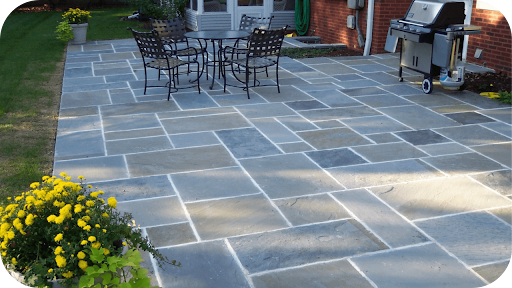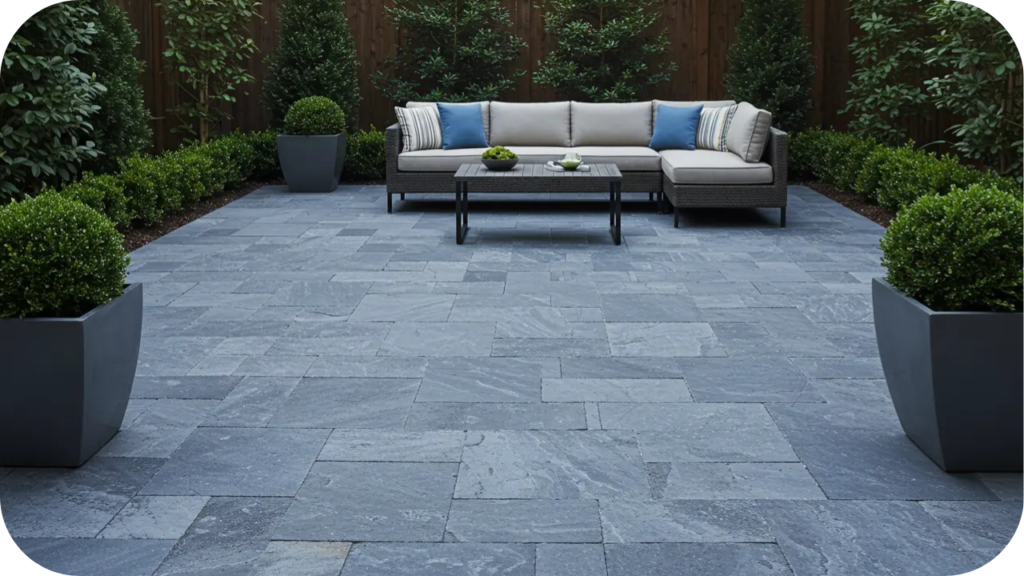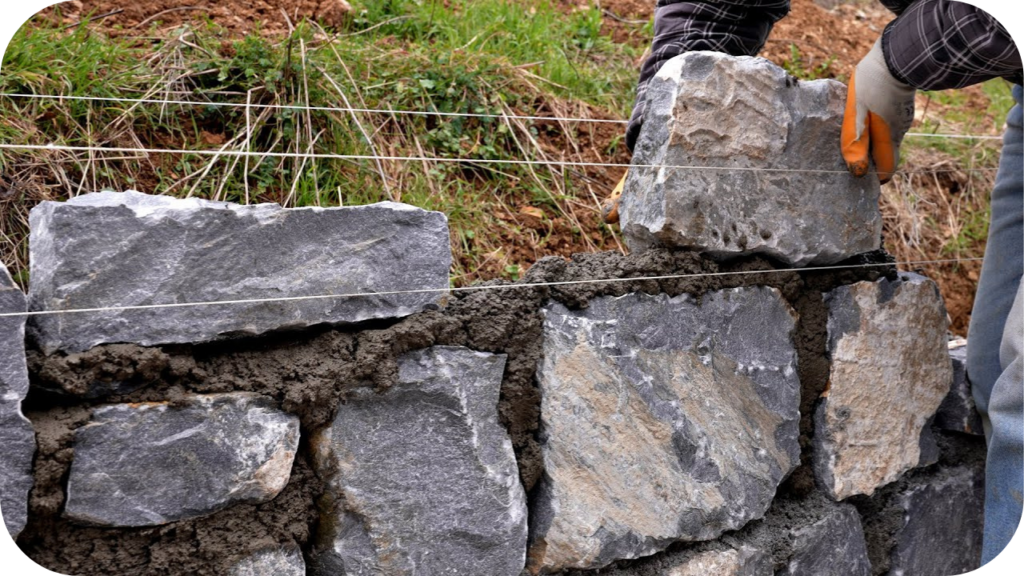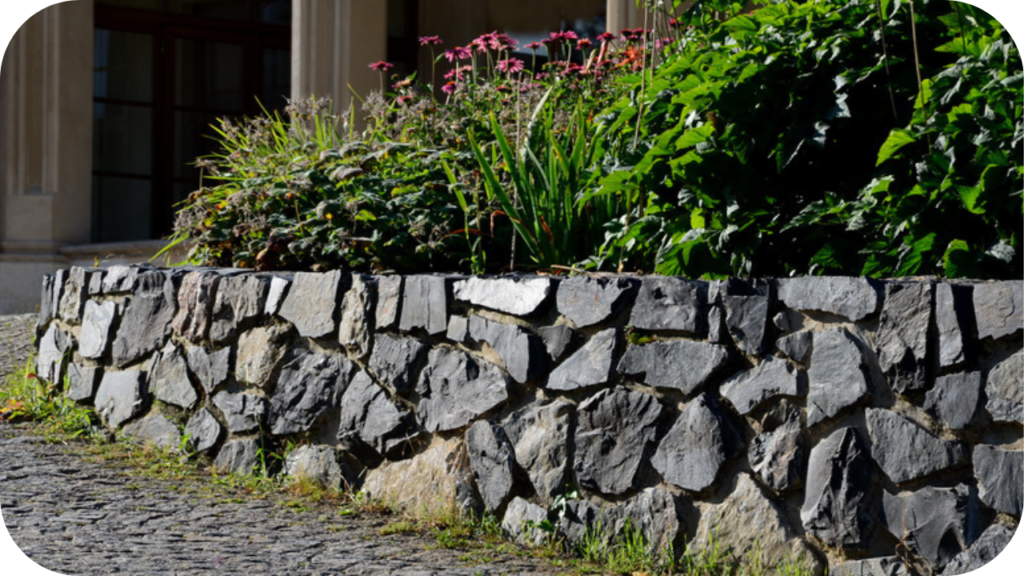Why Granite Is Ideal for High Heat and Harsh Australian Climates
Australia’s climate can be harsh on outdoor surfaces, with extreme summer heat, sudden temperature shifts, and long periods of intense sun. Choosing materials that can handle these challenges is essential for long-lasting outdoor spaces.
Natural stone is often preferred because it stays stable, looks timeless, and performs well across changing conditions. Its blend of durability and style makes it a trusted option for homeowners.
Granite stands out as a premium choice, and this article outlines why it excels in heat, endures harsh weather, suits key outdoor areas, and provides lasting value for Australian homes.
What Granite Is and How It Forms
Granite is a dense natural stone formed deep underground as molten rock cools slowly over time. This slow cooling creates a tightly packed mineral structure composed of quartz, feldspar, and other durable minerals, which give granite its well-known strength and stability.
This composition helps granite resist pressure, weather changes, and long-term wear, making it one of the toughest stones used in outdoor settings. Its colour and texture remain consistent even under heavy use, which contributes to its reliability.
Because of these qualities, granite is widely used across Australia and internationally in paving, architectural elements, retaining walls, and premium landscape designs.
Key Reasons Granite Performs Well in High Heat

Granite thrives in Australia’s intense heat and unpredictable weather thanks to its strength, stability, and long-lasting performance. Here are the key reasons it works so well outdoors.
1. Superior Heat Resistance
Granite stays stable under extreme summer temperatures because its dense mineral structure prevents warping or surface damage. This makes it ideal for outdoor areas that receive direct sun and need materials that remain solid and reliable throughout the hottest months.
2. Low Thermal Expansion
Granite expands very little when exposed to heat, which helps it remain flat and stable during sudden temperature changes. This quality reduces movement and keeps paved areas, steps, and outdoor features secure and long-lasting across different seasons.
3. Surface Comfort in Direct Sunlight
Granite is available in lighter colour tones that stay cooler underfoot, which improves comfort around patios, pool zones, and garden paths. Homeowners appreciate how it can offer both durability and a pleasant walking surface in hot conditions.
4. Excellent Resistance to Heavy Rain and Storms
Granite has a low water absorption rate, which helps it withstand heavy rain without weakening or eroding. Its dense structure prevents moisture from seeping in, which makes it a dependable choice for exposed outdoor areas across Australia.
5. UV Resistance for Long-Term Colour Retention
Granite keeps its colour even in strong sun, thanks to minerals that naturally resist fading. This means paved spaces, steps, and landscape features maintain their appearance and continue to look sharp despite years of UV exposure.
6. Strong Resistance to Wind-Carried Grit
Granite’s tough surface can handle wind-carried sand and grit, which is common in coastal and inland regions. This reduces surface wear and helps outdoor areas remain smooth, durable, and visually appealing over long periods.
7. Long Lifespan Under Heavy Use
Granite performs exceptionally well in high-traffic areas because of its strength and density. Driveways, pathways, and entertaining spaces remain solid and functional for years, which makes granite a worthwhile long-term investment for Australian homes.
Granite Finishes That Work Best Outdoors
Different granite finishes offer unique levels of grip, comfort, and visual style, helping homeowners choose options that handle heat and weather beautifully. Here are the finishes that work best in Australian outdoor spaces.
1. Flamed Finish
A flamed finish creates a textured surface that offers confident footing in wet or high-use areas. Its roughened feel and natural grip make it ideal for pool surrounds, garden paths, and patios where safety and comfort matter.
2. Bush-Hammered Finish
Bush-hammered granite has a rugged, dimpled texture that increases traction and stability. It performs especially well on steep driveways or areas exposed to water, providing a reliable and hard-wearing surface suited to challenging outdoor conditions.
3. Honed Finish
A honed finish delivers a smooth, matte appearance that suits verandas, sheltered patios, and entry areas. While less textured, it provides a refined and contemporary look, making it ideal for outdoor zones that prioritise clean lines and modern styling.
4. Split and Natural Surfaces
Split and natural granite surfaces give outdoor spaces a rustic, organic feel. Their uneven texture blends well with garden settings, retaining walls, and landscape features, offering a grounded, timeless look that complements both traditional and modern outdoor designs.
Best Outdoor Applications for Granite in Australian Homes
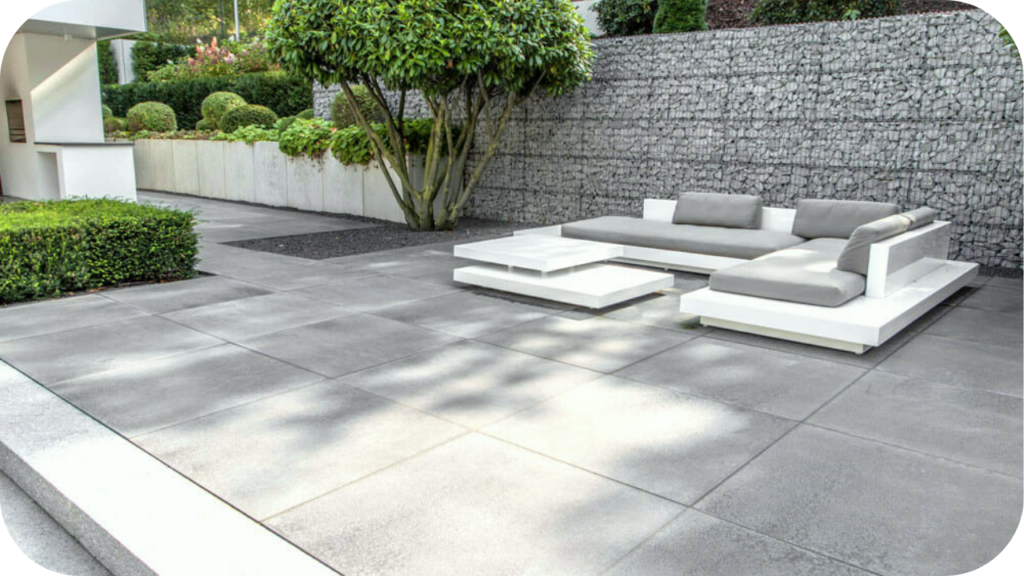
Granite performs reliably across Australian outdoor spaces thanks to its strength, weather tolerance, and enduring style. Here are the areas where it works particularly well.
1. Driveways
Granite is an excellent choice for driveways because it handles daily vehicle pressure without shifting or cracking. Grey Granite Cobbles work particularly well here since their solid structure and textured surfaces create a durable, stable driveway that performs reliably over many years.
2. Pool Surrounds
Pool areas benefit from granite thanks to its heat tolerance, water resistance, and long-lasting colour. Grey Granite is especially suitable, staying comfortable underfoot and offering a clean, modern look that complements both contemporary and coastal style pool landscapes.
3. Patios and Alfresco Entertainment Areas
Granite suits alfresco zones where daily use and weather changes call for a dependable, low-maintenance surface. Charcoal Granite enhances these spaces with richer tones that pair beautifully with outdoor furniture while providing a strong foundation for relaxed outdoor living.
4. Outdoor Stairs and Pathways
Granite performs well on outdoor stairs and pathways because its natural traction and hardness handle foot traffic, rainfall, and heat with ease. This makes it a practical option for homes needing safe, long-lasting access routes through gardens or side paths.
5. Retaining Walls and Feature Landscaping
Granite’s structural strength makes it ideal for retaining walls or feature landscape elements that need long-term stability. Hotham Granite offers a refined, natural look for architectural features, while Buffalo Granite provides a robust, grounded presence in garden structures.
Maintenance Requirements for Granite in Extreme Conditions
Caring for granite is straightforward, and a few consistent habits will help it stay strong, clean, and reliable despite Australia’s demanding climate. These steps will keep your stone performing at its best.
- Sweep regularly: A quick sweep now and then clears away dust and garden debris, allowing granite to keep its natural colour and ensuring the surface stays comfortable underfoot throughout the year.
- Rinse the surface: A light wash with clean water helps remove any build up after hot days or windy weather, keeping the stone fresh while preventing dirt from settling into textured areas.
- Treat stains early: Addressing spills as soon as they appear stops oils, leaves, or organic marks from settling, which preserves the stone’s appearance and reduces the need for stronger cleaning later.
- Reseal when required: A new coat of sealer every few years adds extra protection from moisture and sun exposure, helping the granite retain its strength and maintain a consistent finish over time.
- Lift, don’t drag: Moving barbecues, pots, or furniture by lifting instead of dragging helps avoid scratches or surface pressure, which keeps edges crisp and maintains the stone’s overall presentation.
- Inspect joints occasionally: Taking a moment to check sand or grout lines ensures everything stays secure and aligned, which supports long-term stability across outdoor steps, pathways, or entertainment zones.
Start Your Granite Project Today
Granite continues to prove itself as one of the most dependable materials for Australian outdoor spaces, handling heat, heavy use, and harsh conditions without losing strength or visual appeal. Its durability makes it a practical, long-lasting choice for many home designs.
Homeowners also value its versatility across driveways, pool zones, patios, pathways, and landscape features, where it delivers both performance and style with minimal upkeep. Granite simply holds up where many other materials struggle.
If you are ready to upgrade your outdoor areas with stone that performs brilliantly year after year, reach out to Splendour in Stone. Our team will help you select the ideal granite for your space.


